I talk a bit about the origins of the GQ series and my reasons for setting it in 1900 HERE at Joyfully Jay. I’m also giving away copies AMPP or APL, so be sure to enter if you don’t already have the books :)
I talk a bit about the origins of the GQ series and my reasons for setting it in 1900 HERE at Joyfully Jay. I’m also giving away copies AMPP or APL, so be sure to enter if you don’t already have the books :)
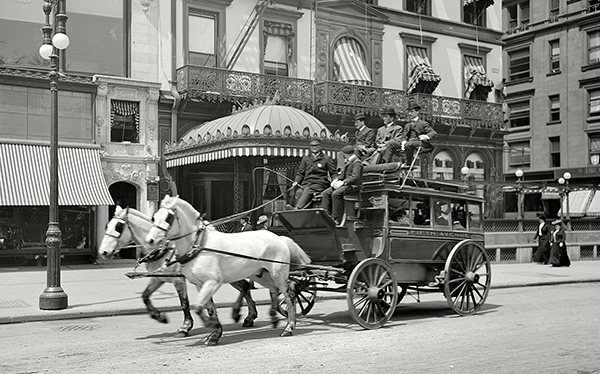
The masters and slaves in the GQ books do a lot of traveling by omnibus. The masters sit and the slaves stand in the aisle beside their seats. Historical omnibuses, whether horse-drawn or electric, would not have allowed for standing, or even aisles. Looking at pictures, there’s something of the clown car about them, absolutely crammed full of passengers.
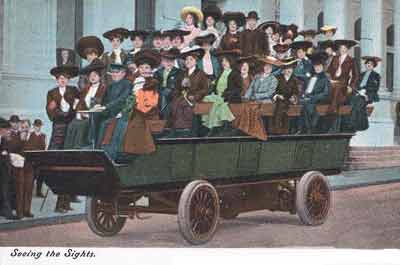
In the event that it might be useful to another writer or curious person, the site Measuring Worth is a great resource for helping understand the historical value of commodities–such as slaves–and more. There’s an interesting article about the economics of historical slavery here at the site. It was, of course, curiosity about the costs of slaves in modern dollars that led me to Measuring Worth in the first place.
While I say in the GQ books that Martin cost more than any other slave sold that day, and that his sale set a record, I didn’t offer a number. I did go through a process of determining what I felt would be a reasonable (for lack of a better term) amount for a slave with Martin’s attributes and training, but then I thought better of putting a price on a person, even a fictional person. Still, I found the Measuring Worth site really helpful to provide context for the 1900 dollar amounts for all manner of goods and services that I ran across in my research.
The site has data for the US going back to Revolutionary times, for the UK going back to the 13th century, and for Australia from 1828 to the present. They also have limited data on China and Japan.
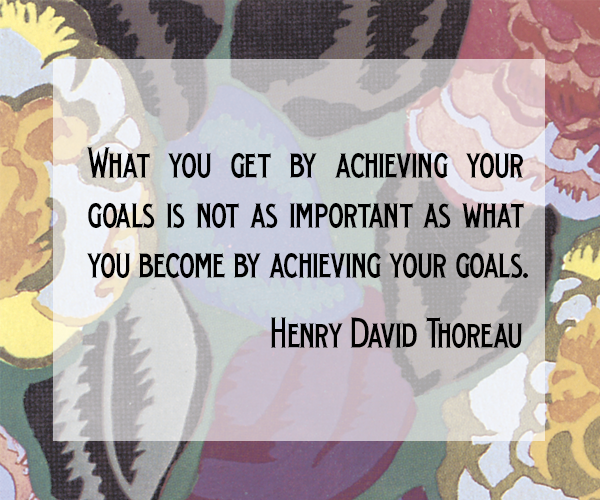 If I had goals for 2014, they were along the lines of “write books” and “publish books,” and I met those goals, so yay! me. This year isn’t going to be terribly different, really, but I know more about accomplishing those goals, which theoretically ought to make the process easier.
If I had goals for 2014, they were along the lines of “write books” and “publish books,” and I met those goals, so yay! me. This year isn’t going to be terribly different, really, but I know more about accomplishing those goals, which theoretically ought to make the process easier.
WRITING:
…and A Superior Slave (GQ 0.5) gets 5 :)
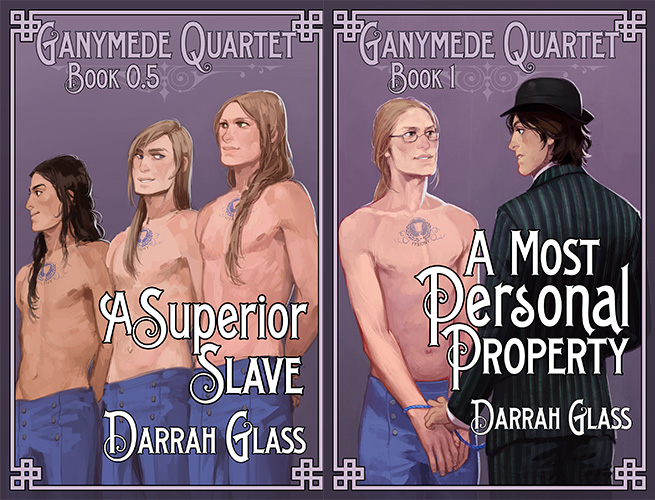
About A Most Personal Property (GQ 1), Jay says:
I love a good master/slave story and I found this one particularly interesting as it is set outside the typical fantasy world setting. We are in New York in a world we recognize, just a modified version. So I found the set up fascinating here and it makes for a really engaging story.
and
So overall I was just thrilled with this story and love the world Glass has created. I adored Henry and Martin together. They are sweet and adorable and also manage to be super sexy together. I loved the 1900s setting and the alternate world Glass has created. I am already dying to start the second book and see what comes next for these two. So A Most Personal Property is really excellent and highly recommended.
And about A Superior Slave (GQ 0.5) she says:
I found this one so good and just fascinating and it is wonderful set up to the larger series…It is a long, almost novel length story and a great introduction to the world Glass has created here. I adore Martin and just loved seeing this look into his world.
Veronica says:
Here’s what I love about these books: the love.
The book is so fun. I love the historical setting, and the deepening of the relationship between Henry and Martin. It is for Martin that Henry breaks through his shell, and endeavors to be a better student and brother.
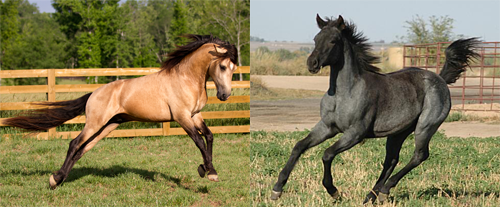
There are two types of horses in the GQ books: working horses that pull the Blackwells’ carriages, and recreational horses, most of which see little use. The horses that get the most exercise are Henry’s Marigold and Martin’s Partita.
The Blackwells keep their horses in a stable several blocks from their home, which was the custom at the time–there were whole neighborhoods of stables smelling of horseshit, which rich people understandably wanted at some distance from their grand residences. Henry and Martin walk the few blocks to the stables whenever they want to ride.
Just to give you an idea of how RL rich people housed their horses, this is Cornelius Vanderbilt’s stable, built in 1880. This photo was apparently taken in 1916, after the family had converted the stable to a nightclub (!!!), the era of horse-drawn anything being well past for the likes of the Vanderbilts.
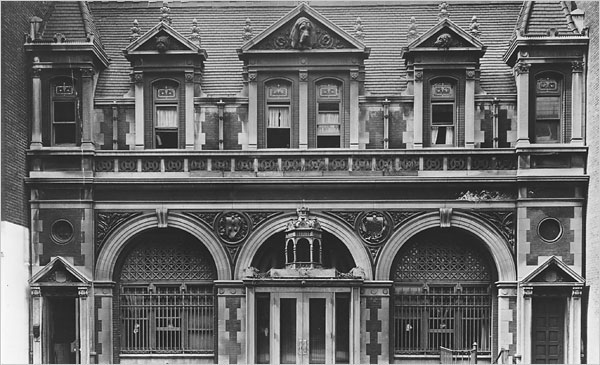
I don’t see Mr. Blackwell wanting anything quite so decorated, actually, but I do imagine the Blackwell stables being fairly grand nonetheless.
But on to the horse visuals :)
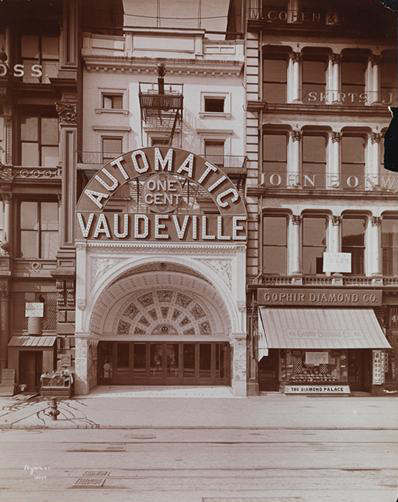
Throughout the GQ books, Henry and Martin make frequent trips downtown to the arcade in Union Square to look at “peep shows” and play games. The arcade in the books is based on the Automatic Vaudeville penny arcade on Union Square which probably opened in 1903.

I usually like to write stories from a single point of view. It’s obviously a limited perspective, but I enjoy the constraints. As far as I’m concerned, there’s no such thing as a reliable narrator. Characters misinterpret things, miss things, draw the wrong conclusions, and it can be tricky and fun to work the “truth” into a story alongside the character’s perceptions. For instance, I think it’s obvious to the reader that Martin is DTF from the get-go, but Henry, equipped with the same amount of information, simply doesn’t get it.
When I started writing the Ganymede Quartet books, it seemed obvious to me that the story needed to be told from the master’s point of view. Whether or not he’s actually prepared to take responsibility, the fact remains that Henry’s the one in charge and he sets the tone. It’s Martin’s job to adapt and respond and accommodate and serve. Obviously, Martin is better-equipped to steer this particular ship, but, unfortunately for Henry, the roles in this relationship weren’t assigned based on fitness or merit. If you’ve read A Most Personal Property (GQ Book 1), you know that when the opportunity finally arises for Martin to take charge, he does so with great effect, but he does wait for Henry to create the opportunity. He’s very well-trained.
I think it’s apparent that Martin is miserable for most of AMPP, and writing weeks of self-doubt and misery even greater than Henry’s, from the perspective of a character who has even less power to effect change…I don’t think anyone wants to read that book, actually.

If you are reading the GQ series, you will no doubt have noticed that there are a lot of mentions of food Henry is eating. He eats huge breakfasts, is presented with lavish smorgasbords at lunch, is served haute Victorian cuisine for dinner, and sneaks downstairs at night for extra cake. He eats large quantities of a great many things, and Martin is just as voracious. I grew up with a skinny brother who did nothing but eat, so it seems entirely realistic to me that teenagers would put away such epic quantities of food without noticeable effect.
FOOD TIMELINE: If you’re a writer, or if you’re just interested in food history, you need to know about the Food Timeline. It was extremely helpful to me whenever I was smart enough to use it. You can find out when people started eating different foods, how they prepared them, and when they became commercially available, among other things. Continue reading Food and restaurants in 1900